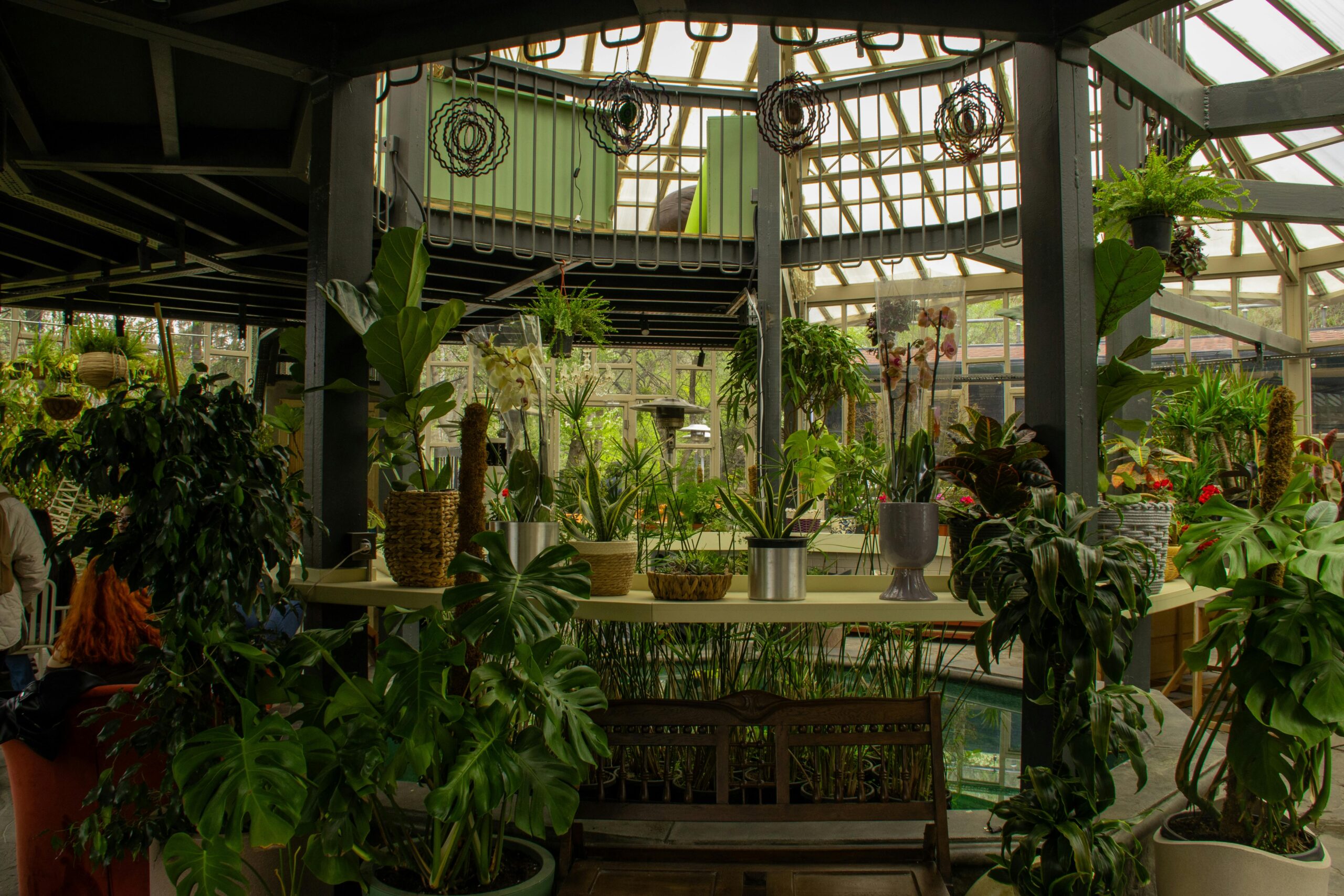Introduction to Automatic Irrigation Systems
In today’s fast-paced world, managing water resources efficiently is more crucial than ever. Automatic irrigation systems have become a vital tool for homeowners, landscapers, and farmers alike, offering a convenient way to ensure that plants receive the right amount of water at the right time. These systems not only save time and effort but also promote sustainable water usage, which is increasingly important in the face of climate change and water scarcity.
Automatic irrigation systems are designed to operate with minimal human intervention, using timers and sensors to deliver water based on the specific needs of the landscape. This technology allows for precise control over watering schedules and amounts, reducing waste and enhancing plant health. Whether you’re maintaining a small garden or managing a large agricultural operation, understanding the fundamentals of these systems can lead to healthier plants and a more efficient use of resources.
Components and Types of Automatic Irrigation Systems
An automatic irrigation system comprises several key components, each playing a critical role in its operation. Understanding these components can help in selecting and maintaining a system that meets your specific needs.
- Controller: Often referred to as the brain of the system, the controller manages the watering schedule. It can be programmed to water at specific times and durations, ensuring that plants receive adequate moisture without overwatering.
- Valves: These components control the release of water to different zones of the landscape. They are activated by the controller, allowing for targeted watering based on the needs of various plant types.
- Sprinklers and Drip Emitters: These are the delivery mechanisms for water. Sprinklers are suitable for lawns and larger areas, while drip emitters are ideal for gardens and beds where precise watering is needed.
- Sensors: Soil moisture sensors and rain sensors can be integrated into the system to adjust watering schedules based on current conditions, further enhancing water efficiency.
There are several types of automatic irrigation systems available, each suited to different applications:
- Sprinkler Systems: Ideal for large areas like lawns, these systems distribute water evenly over a wide area.
- Drip Irrigation: Perfect for gardens and flower beds, drip systems deliver water directly to the roots, minimizing evaporation and runoff.
- Soaker Hoses: A simple and cost-effective option for watering gardens and hedges, soaker hoses release water slowly along their length.
Choosing the right system depends on factors such as the size of the area to be irrigated, the types of plants, and local water availability.
Benefits and Implementation of Automatic Irrigation Systems
The advantages of automatic irrigation systems are numerous, making them a popular choice for both residential and commercial landscapes. One of the most significant benefits is water conservation. By delivering water directly to the plants’ root zones and adjusting for weather conditions, these systems can significantly reduce water waste.
Another benefit is the time savings. Once installed and programmed, these systems require minimal oversight, freeing up time for homeowners and gardeners to focus on other tasks. This convenience is particularly valuable for those with large properties or busy schedules.
Implementing an automatic irrigation system involves several steps. First, assess the needs of your landscape and determine the appropriate type of system. Next, design the layout, considering the placement of sprinklers or drip lines to ensure even coverage. Installation can be done by professionals or as a DIY project, depending on the complexity of the system and the user’s expertise.
Regular maintenance is essential to keep the system running efficiently. This includes checking for leaks, cleaning filters, and adjusting the controller settings seasonally. By investing in regular upkeep, users can extend the lifespan of their system and maximize its benefits.
Overall, automatic irrigation systems represent a smart investment for anyone looking to enhance the health of their plants while reducing water usage and saving time.






